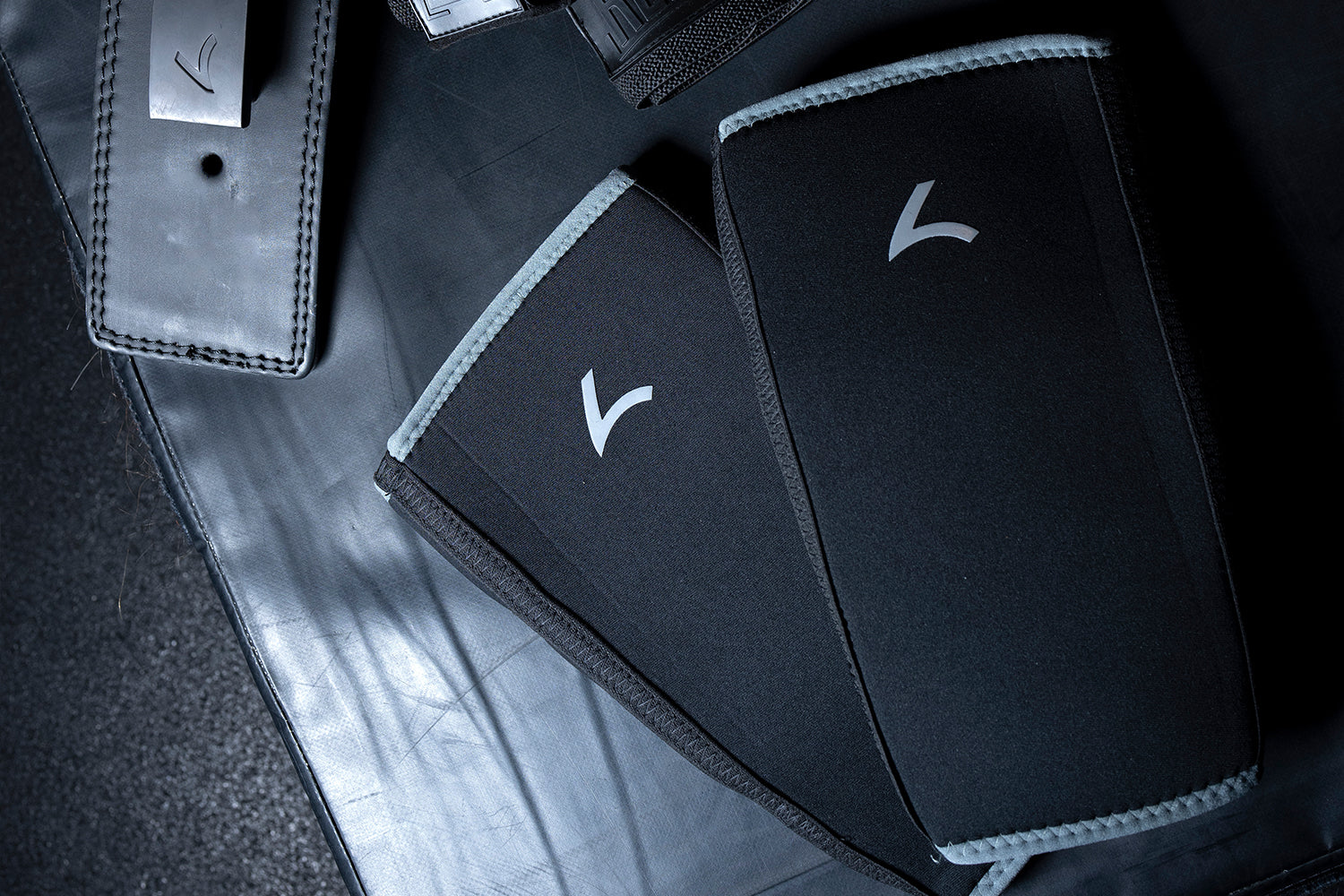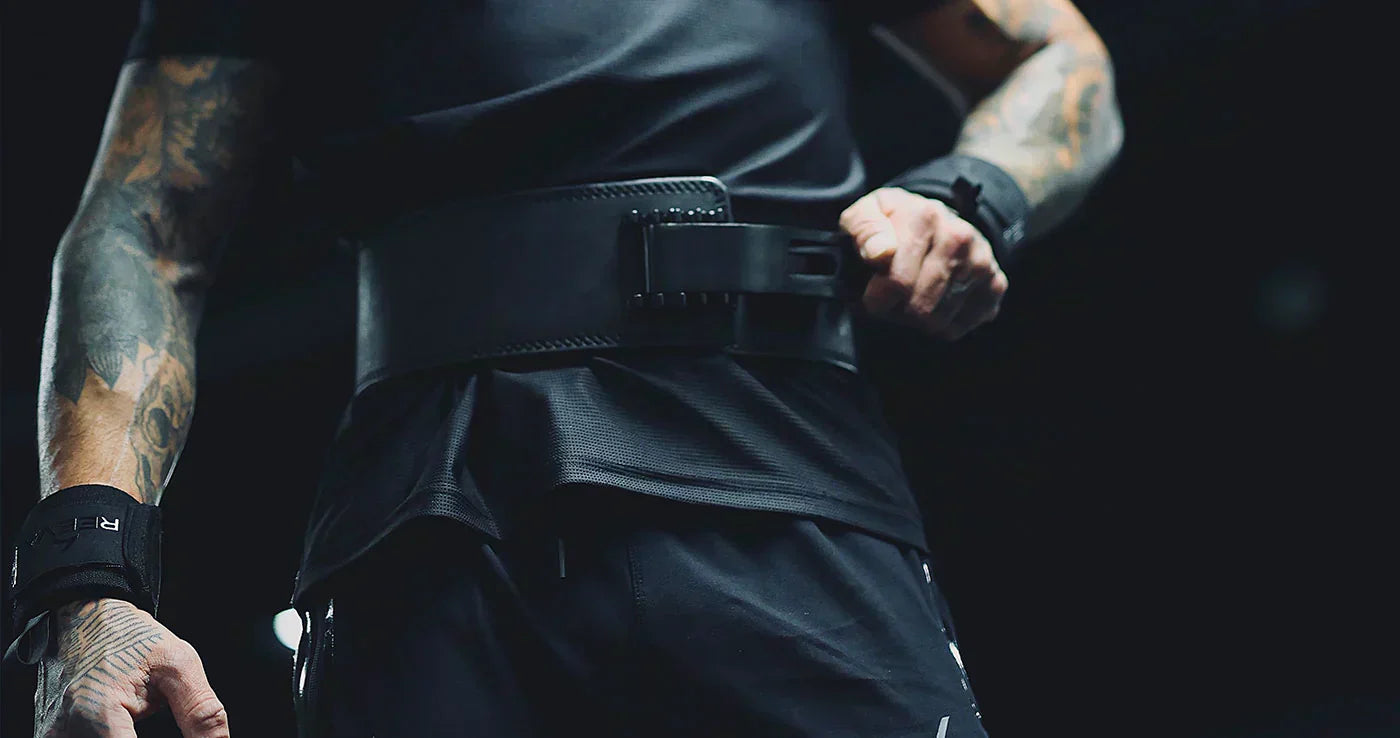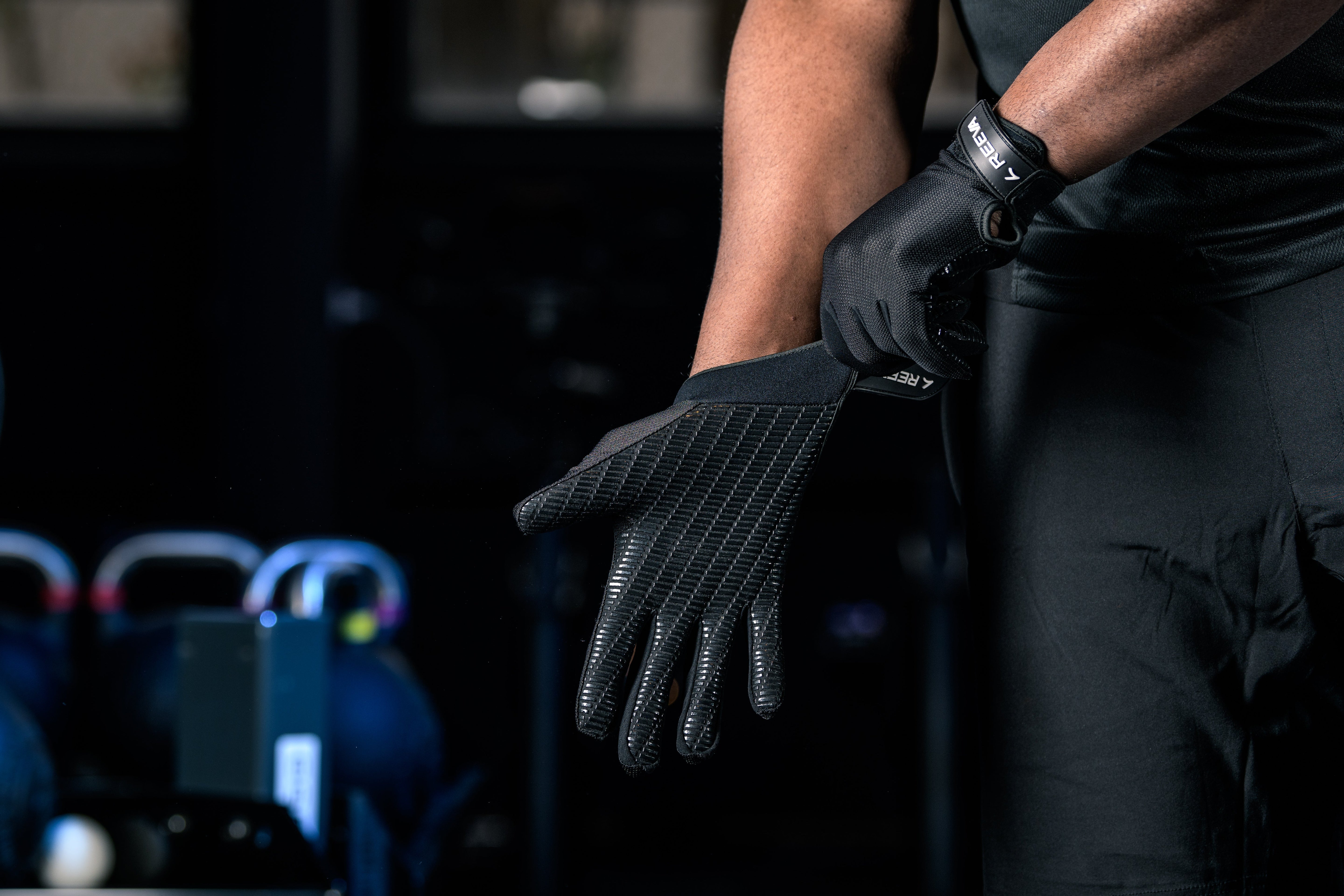Knee sleeves are neoprene or elastic compression sleeves worn around the knees during heavy lifts. They help keep the knee joint warm, supported, and aligned. Originally designed for squatting, many lifters also use them in deadlifts and other lower-body lifts. The tight fit and heat retention improve blood flow and reduce joint friction, which can alleviate discomfort and stiffness during training. For example, Reeva’s high-quality sleeves provide “extreme compression and warmth” for heavy lifting, helping muscles stay flexible and reducing injury risk. Investing in a well-made pair (such as double-stitched neoprene sleeves) enhances performance and durability in your squats and deadlifts.
Benefits of Knee Sleeves for Squats
Knee sleeves wrap snugly around the knee during heavy squats, providing additional support and stability. This compression helps keep the knee tracking correctly under load, reducing stress on ligaments and lowering injury risk. The heat retention of neoprene increases blood flow and mobility in the joint. Lifters often report that warmed knees feel less stiff and more lubricated, allowing smoother squatting between sets. In practice, many experience pain reduction: the snug sleeves cushion against minor aches, and proprioceptive feedback (awareness of knee position) can help alleviate discomfort and correct form. Over time this comfort can translate to better training consistency.
-
Joint Support: Sleeves compress the knee, keeping it aligned and stable during deep squats. This extra support can protect against wrenching or twisting injuries, especially for lifters with previous knee issues.
-
Warmth & Circulation: By trapping heat, sleeves boost blood flow and synovial fluid production in the knee. Warmer joints stay flexible and lubricated, reducing tightness or soreness between reps.
-
Pain Reduction: Compression and warmth together can reduce knee pain during squats. Users often squat more comfortably when minor pain is eased by the sleeves’ support and warmth.
-
Performance Boost: Thick (e.g. 7 mm) neoprene sleeves act like an elastic spring at the bottom of the squat. They store potential energy as you descend and release it as you stand, which can translate into a “bounce” that helps drive the weight up. In practice, this effect may add about 10–45 lbs to one’s squat, particularly for upright squatters. The added confidence from feeling secure can also help lifters push a little heavier than without sleeves.
These combined benefits explain why many squatters wear sleeves during their heaviest sets. By keeping the knees warm and supported, sleeves let lifters focus on form and strength rather than joint discomfort.

Should You Wear Knee Sleeves for Deadlifts?
While knee sleeves are most common for squats, some deadlifters also use them for added warmth and joint support. Deadlifts involve less knee bending, but sleeves still keep knee joints warm and blood flowing, which can reduce stiffness in the setup. Many lifters find that warm knees feel more comfortable during stiff-legged or heavy deadlifts. The gentle compression stabilizes the knee, helping maintain proper form under load. This is especially valuable for lifters with prior knee aches – the sleeves’ snug fit can make the lift feel safer.
-
Joint Warmth: Sleeves trap heat at the knee, increasing circulation and joint pliability. Warm joints move more freely, which can make deadlift setups and lockouts feel smoother.
-
Enhanced Stability: By compressing the kneecap and surrounding area, sleeves support the knee during the pull. This helps some lifters maintain alignment and reduces micro-motion that could irritate the knee.
-
Proprioception: The tight fit heightens awareness of knee position. This sensory feedback can help ensure you lift with correct form, minimizing unintentional knee cave or deviation.
-
Confidence Boost: Many lifters report a mental benefit: knowing the knees are wrapped gives extra confidence under heavy bars. This psychological edge can help drive through tough deadlift reps without fear of aggravating the knees.
Important: Knee sleeves won’t directly increase your raw deadlift strength like knee wraps do. Their benefit is mainly comfort and injury prevention, not mechanical advantage. Use sleeves as a support tool – for example, wearing them on your heaviest deadlift sets or when rehabbing a nagging knee – rather than relying on them for every lift. Many coaches recommend using sleeves for max-effort sets while performing warm-up and accessory work without them, to build joint strength naturally.
Training Tips for Knee Sleeves
-
Use Them on Heavy Sets: Save sleeves for your toughest squat or deadlift sets. For example, put them on when you’re loading the bar for a max lift, and skip them on lighter warm-ups or accessory lifts. This helps you still strengthen the joint without always depending on gear.
-
Warm-Up Usage: If your knees feel cold or stiff, wear sleeves early in your warm-up. Even during lighter squats, the sleeves will gently increase blood flow. This can prime your knees for harder work.
-
Alternate Training: Don’t rely on sleeves every day. Balance your program with some raw (no-sleeve) workouts to maintain joint strength and mobility. For example, one squat session you might wear sleeves for the work sets; another session you might skip them entirely.
-
Ensure Proper Fit: Measure around the center of your kneecap and choose a sleeve size accordingly. The sleeve should fit snugly (snug compression) without painfully pinching or cutting off circulation. If a sleeve is too loose, it can slide during the lift; too tight and it will dig into the skin.
-
Caring for Sleeves: After training, turn your sleeves inside out and let them air-dry. When washing, use cold water on a gentle cycle (or hand wash) with a little detergent. Proper care prevents odor buildup and preserves elasticity. If they get very smelly, soak them in diluted vinegar before washing.
-
Storage: Store sleeves in a cool, dry place. Avoid leaving them balled up in a gym bag while wet. Dry and flatten them out to prevent mildew and material breakdown.

Choosing Quality Knee Sleeves
-
Thickness Options: Knee sleeves come in different thicknesses for different needs. 5 mm are versatile for cross-training, and 7 mm provide the most stability (preferred by powerlifters). Choose based on your training: e.g. 7 mm for heavy squats, or 5 mm if you want more mobility and less bounce.
-
Material & Features: Most quality sleeves use neoprene for warmth and compression. Some brands blend in moisture-wicking fabrics if you sweat heavily. Look for features like non-slip silicone bands or contour cushioning at the patella for extra comfort. A good sleeve should stay in place and not roll down during your lift.
-
Fit & Coverage: Ensure the sleeves cover the knee fully – about 10–12″ length above and below the kneecap is typical. This full coverage keeps the sleeve anchored. A contour cut or anatomical shape can improve fit.
-
Durability: High-grade neoprene and reinforced stitching make a difference. For example, Reeva’s sleeves use top-grade neoprene and double stitching for longevity. Cheap sleeves may lose elasticity or tear after hard use. Investing in a reputable brand (even if more expensive) means they’ll keep compressing and supporting your knees longer.
-
Sizing: Always refer to the manufacturer’s size chart. It’s often best to go a size smaller for a very tight, powerlifting-style fit (if you don’t mind difficulty putting them on), or your true measurement for general training.
By choosing a quality sleeve that fits well, you maximize the training benefits and avoid issues like bunching or pinching.

Conclusion
Knee sleeves can be a valuable tool in your lifting arsenal. They keep knees warm and supported, which enhances stability, reduces discomfort, and can even help you lift a bit more safely in both squats and deadlifts. Use them wisely – primarily on your toughest sets or when your knees need extra help – and always pair them with sound technique and progressive training. Remember, gear is a supplement, not a substitute for good form: address any serious knee pain with proper medical advice rather than simply “sleeving up”. Keep your sleeves clean and in good shape, and invest in quality construction (like Reeva’s durable neoprene) to ensure they last and perform when you need them. In the end, the right knee sleeves enhance comfort and safety, helping you train harder and more consistently in your squats and deadlifts.




